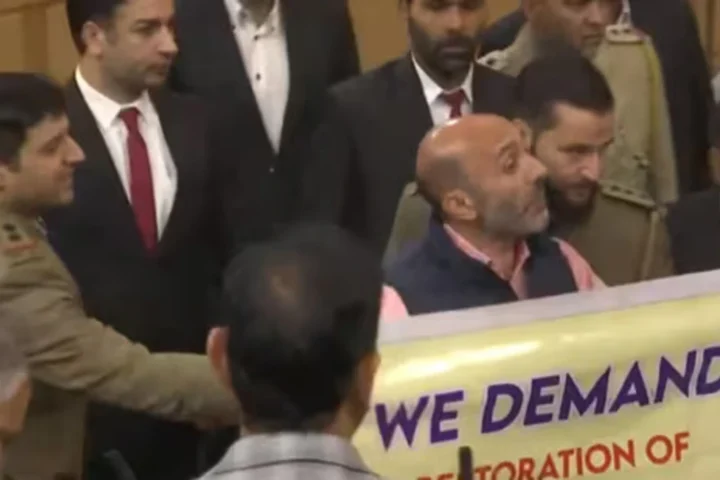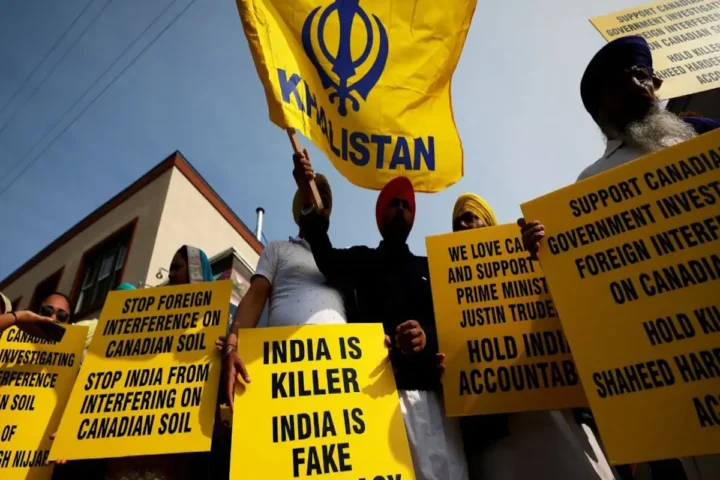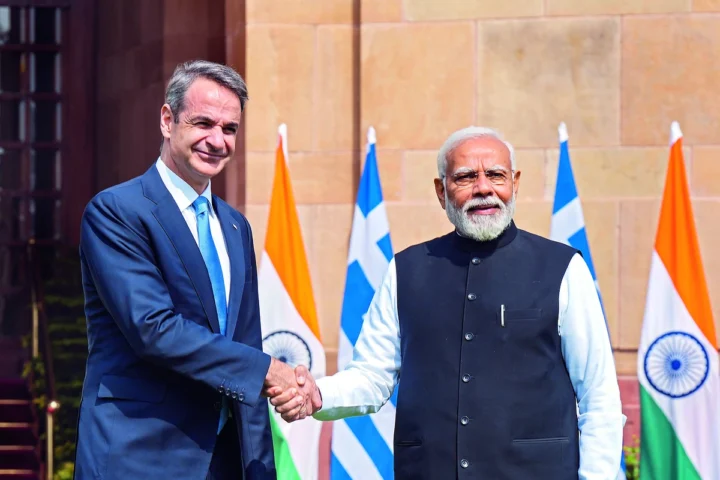The return of Article 370-era leaders in Jammu & Kashmir is likely to bring significant changes in the political and social landscape, but the potential for unrest or violence is contingent on several factors. Here’s a detailed look at the possible outcomes and whether the region may see a resurgence of conflict:
Re-assertion of Regional Identity and Autonomy
The leaders who thrived during the Article 370 era—such as from the National Conference (NC) and People’s Democratic Party (PDP)—are expected to push for a return to greater autonomy. While it’s unlikely that Article 370 will be fully reinstated, these leaders will likely emphasize regaining certain legislative powers and protections, particularly over land ownership and employment, to safeguard local interests and identity. This push may raise tensions with the central government, which could trigger political friction, but it may not necessarily lead to violence(Chatham House)
Impact on Governance and Development
One key criticism of the Article 370-era leaders has been their failure to bring meaningful development to the region. If they return to power, they may focus on restoring confidence among the electorate by addressing critical issues like unemployment, infrastructure deficits, and public services. However, if governance remains ineffective, it could deepen disillusionment, which has historically been a trigger for protests and unrest in the Valley.
Potential for Protests and Political Mobilization
With the return of these leaders, separatist and anti-government sentiments may resurface, though not necessarily in the form of militancy. The abrogation of Article 370 is still fresh in the minds of many, and some political groups or factions may exploit these feelings of resentment to mobilize protests. However, the intensity of these protests will depend on how these leaders balance regional demands with practical governance issues.
Role of the Central Government
The central government’s reaction to the return of Article 370-era leaders will be crucial in determining whether the Valley will see further instability. If New Delhi adopts a hardline stance, such as dismissing demands for greater autonomy, this could escalate tensions. Conversely, if the central government seeks dialogue and compromise, it may ease the situation. The BJP’s nationalist agenda has not resonated well in the Valley, and any attempts to enforce a rigid stance on issues like land laws or demography could provoke strong reactions(Hindustan Times).
Militancy and Security Dynamics
While the Valley is no longer the hotbed of militancy that it once was, the return of leaders associated with the Article 370 era might embolden separatist factions. However, the region has seen a significant decline in militant activity since the abrogation of Article 370, partly due to increased security measures. If these leaders fail to balance local autonomy demands with security concerns, it is possible that fringe elements could capitalize on any unrest. The likelihood of the Valley “burning again,” however, depends more on external influences (such as support for militancy from across the border) and how effectively security forces manage any potential uprisings.
Cultural and Religious Factors
The return of traditional leaders may also reignite religious and cultural narratives that emphasize the unique identity of the Kashmiri people. This could serve to unite large sections of the population under a regional banner, but it could also lead to clashes with the BJP’s central government, which continues to push for national integration and uniformity. How this dynamic plays out will affect the overall stability of the region.
Conclusion: Will the Valley Burn Again?
While tensions could rise, especially if regional autonomy demands are met with resistance from the central government, it is not guaranteed that the Valley will descend into the level of unrest seen in previous decades. The situation depends on how both the Article 370-era leaders and the central government handle the delicate balance between regional aspirations and national unity. If both sides manage to engage in constructive dialogue and focus on governance and development, the Valley could remain stable. However, a confrontational approach, either politically or militarily, could potentially lead to renewed unrest







